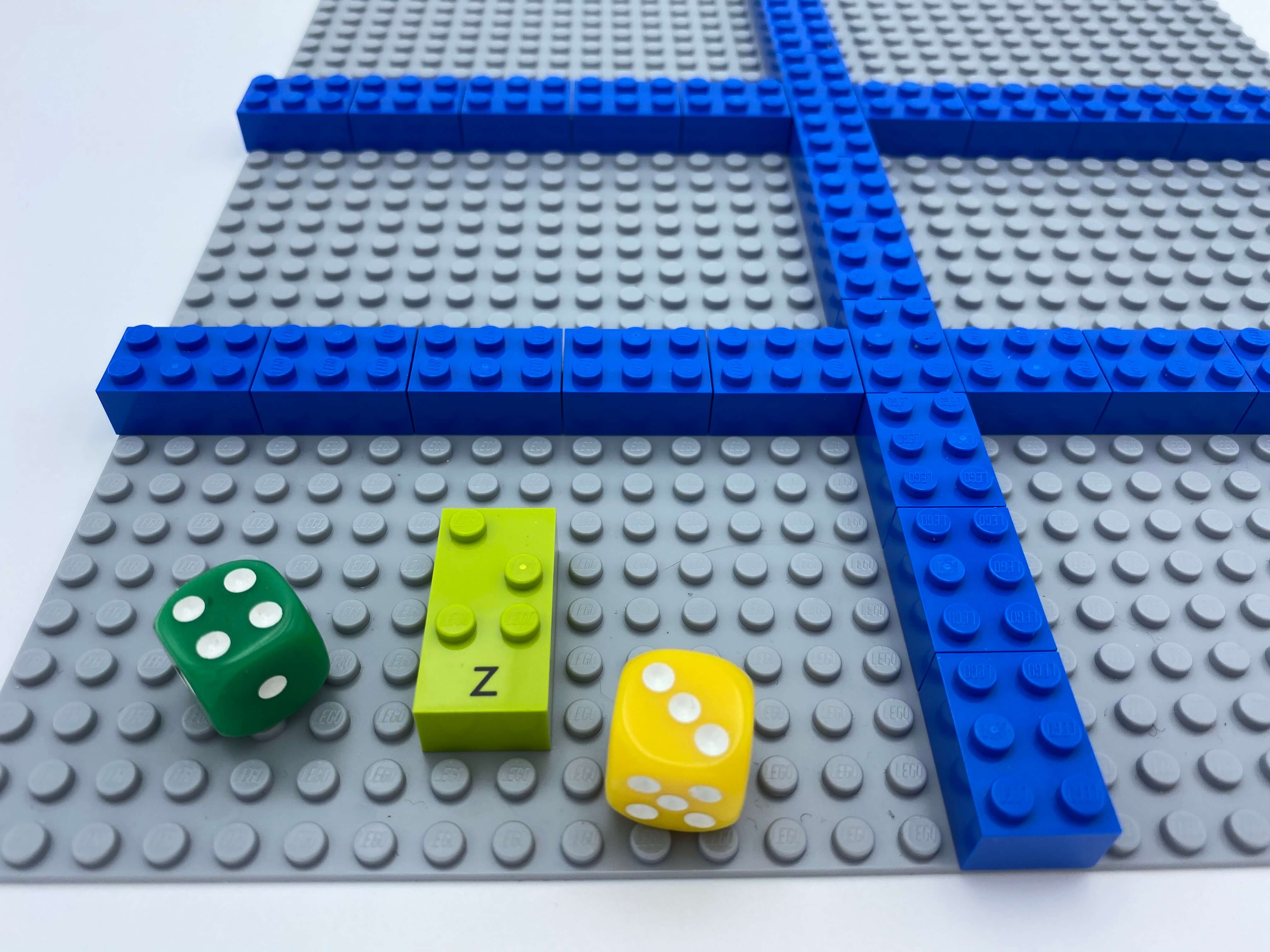LEGO® Braille Bricks - get material tips and tricks

Add other LEGO products
The LEGO Braille Bricks are fully compatible with classic LEGO bricks.
Be creative and mix LEGO Braille Bricks with other LEGO bricks. Make additional braille bricks, turn them into magnets, add tactile marks etc.
Use LEGO mini figures to encourage play, creativity and storytelling
Replace frequent names or objects in a story with various LEGO models or figures
Use a regular 2x3 brick to give an example of a full braille cell with the 6 dots.
Use 2x4 bricks to hide the braille bricks and make a maze or a word path to follow
Glue magnetic tape on a flat LEGO tile and stick it to LEGO Braille Bricks so you can play on metal surfaces like a magnetic board
Use a LEGO Technic wire to connect two LEGO Braille Bricks to indicate the right answer
Make additional LEGO Braille Bricks by using regular 2x4 bricks and adding 1x1 tiles and 1x1 studs. You will need 8 tiles/studs to complete each new braille brick

Add objects
Add a small tactile mark at the bottom of the LEGO Braille Brick to help the child orientate. Be careful to choose something flat enough to allow the brick to stack properly
Explain the 6 compartments of a braille cell by using an egg box, muffin mold or ice cube tray – consider adding false plastic or wood eggs and/or balls to write braille characters
Use a bag to hide the bricks when playing with sighted peers
Use hula hoops to make a giant braille cell and allow children to physically move
Use Play Dough to represent objects in three dimensions
Include storytelling material
Add a tactile dice to games
Incorporate card games